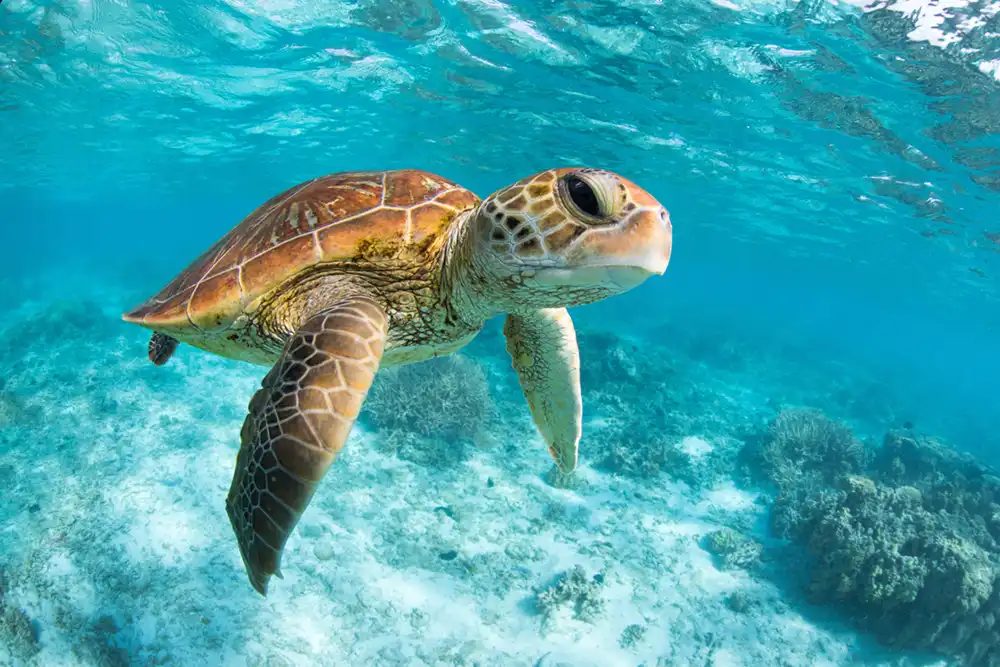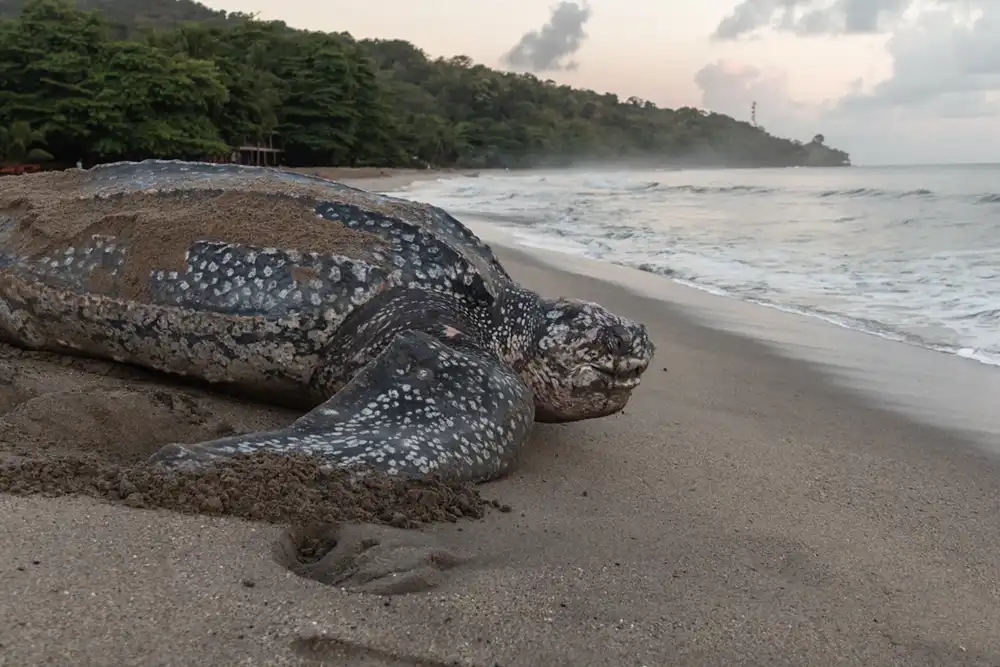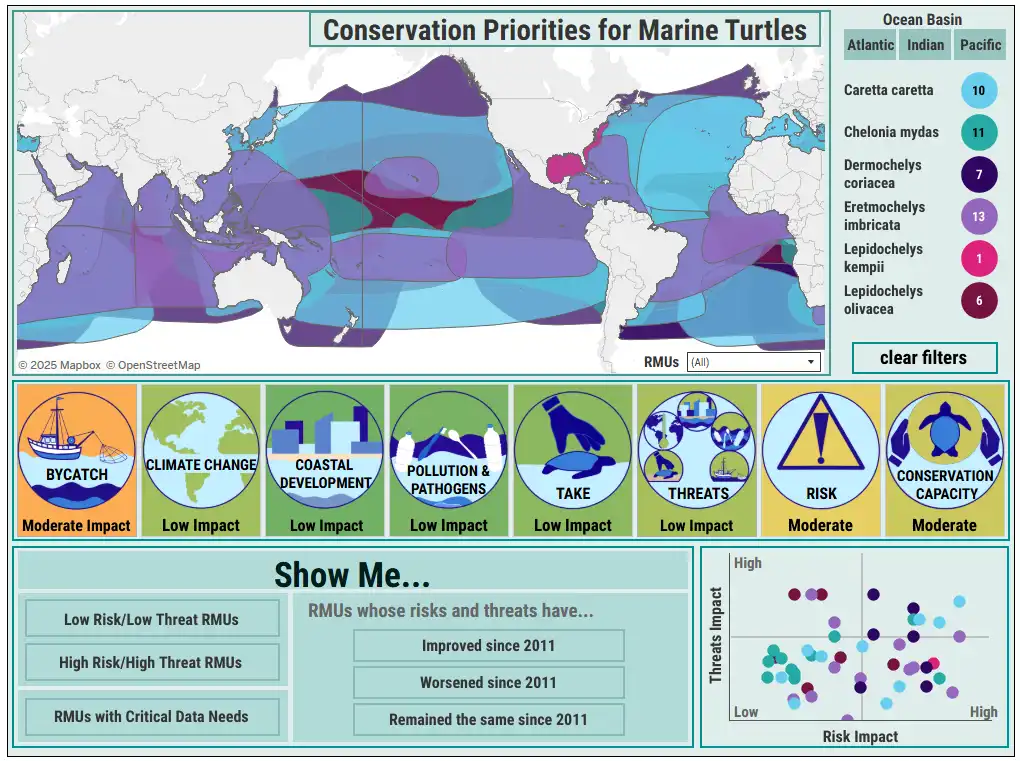
Following the news that global turtle populations are on the rebound, the International Union for Conservation of Nature (IUCN) has confirmed that conservation efforts ‘have improved the status of the majority of marine turtle populations around the world’.
The new study, ‘Updated global conservation status and priorities for Marine Turtles‘, is a collaborative effort conducted by 145 individual researchers from 50 different countries representing the IUCN’s Marine Turtle Specialist Group (MTSG).
A total of 48 populations of sea turtles were evaluated with 40 per cent of the ‘regional management units (RMUs) studied now considered by the MTSG to be ‘Low Risk-Low Threat’ – up from just 23 per cent in 2011. Fewer than 20 per cent of the RMUs were classified as ‘High Risk-High Threat’.
Green turtles (Chelonia mydas) were the biggest success story of the new assessment, with eight out of the eleven green turtle RMUs assessed found to be low risk. The species most at risk was found to be leatherback turtles (Dermochelys coriacea), with four out of seven RMUs found to be at risk.
Related articles

The largest threat to most turtle populations was bycatch, with other risk factors such as coastal development, pollution and climate change also factored into the equation.
The most at-risk populations were found in Pacific regions, which are less likely to be strictly regulated than the lower-risk Atlantic populations, highlighting that while the overall news is good, there is still much to be done to
‘Overall, this is excellent news that decades of sea turtle conservation have paid off,’ said Roderic Mast, co-chair of the MTSG and president of Oceanic Society. ‘But, at the same time, it is a call to action and a reminder that we must keep up the work we have been doing, and redouble our efforts for the most threatened populations.
‘We need more financing, stronger collaboration, and increased conservation capacity, particularly in areas that are important for sea turtles and also face socio-economic challenges.’

The study’s authors have packaged the data into an interactive tool which highlights where each individual species is most at risk. The tool, which they hope will be used by organisations around the world to highlight the areas most in need of help is online at seaturtlestatus.org/cpp-dashboard.
‘The user-friendly online tool provides detailed insights into the status of all the sea turtle populations addressed in the study,’ said Ashleigh Bandimere, manager of the sea turtle conservation program at Oceanic Society and one of the report’s co-author.
‘We hope that it will foster greater global understanding and collaboration in support of conservation efforts on-the-ground.’
The complete paper ‘Updated global conservation status and priorities for Marine Turtles’ is published under an Open Access license in the online journal Endangered Species Research.


